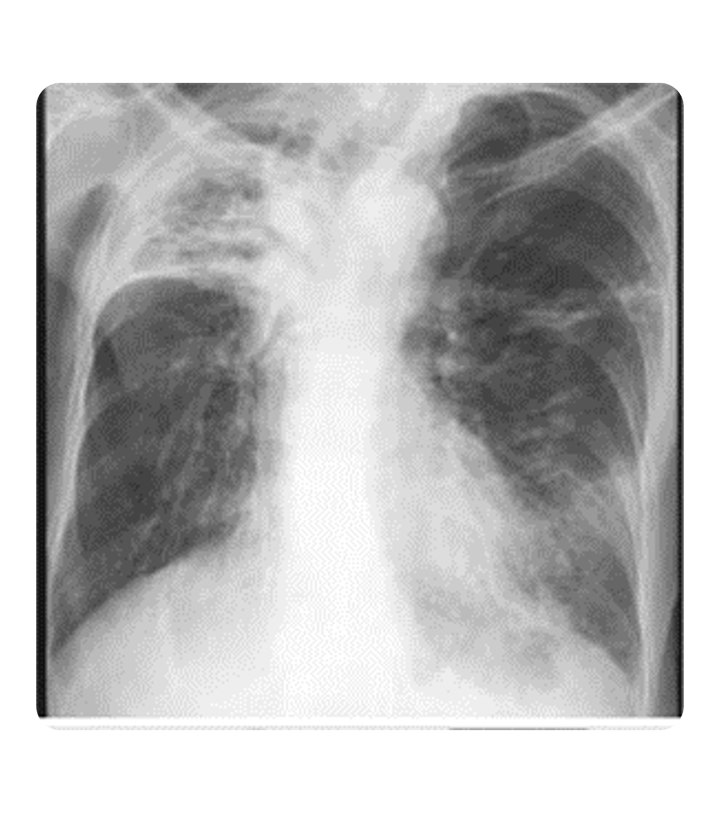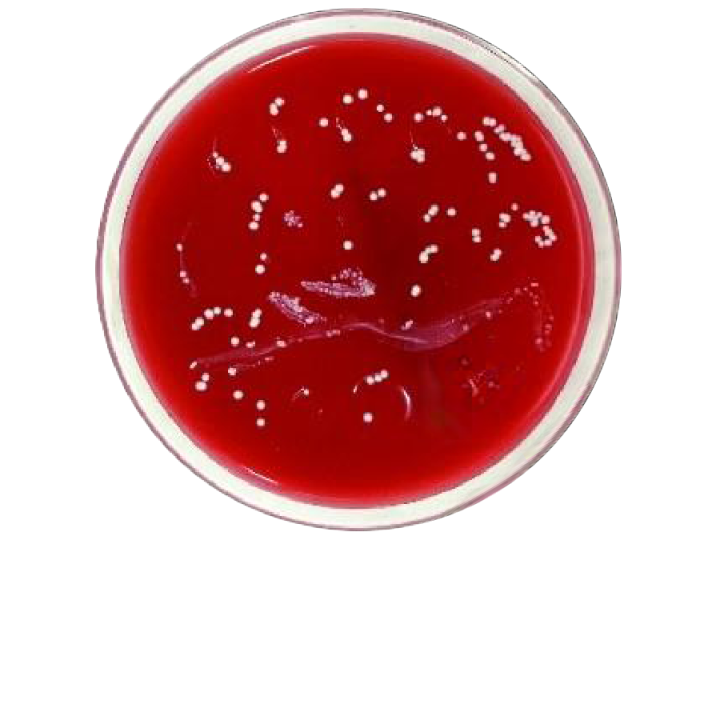Symptoms and Diagnosis
- The diagnosis of nontuberculous mycobacteria (NTM) pulmonary disease relies on the combination of clinical, radiographic, and microbiologic criteria1
- Symptoms of NTM pulmonary disease are variable and non-specific; however, a chronic productive cough is present in most patients2-4
- Positive cultures from respiratory clinical samples and characteristic radiographic findings are also required to confirm the diagnosis of NTM pulmonary disease2





